- DroidAfrica
- Oukitel
- Oukitel C12
Oukitel C12
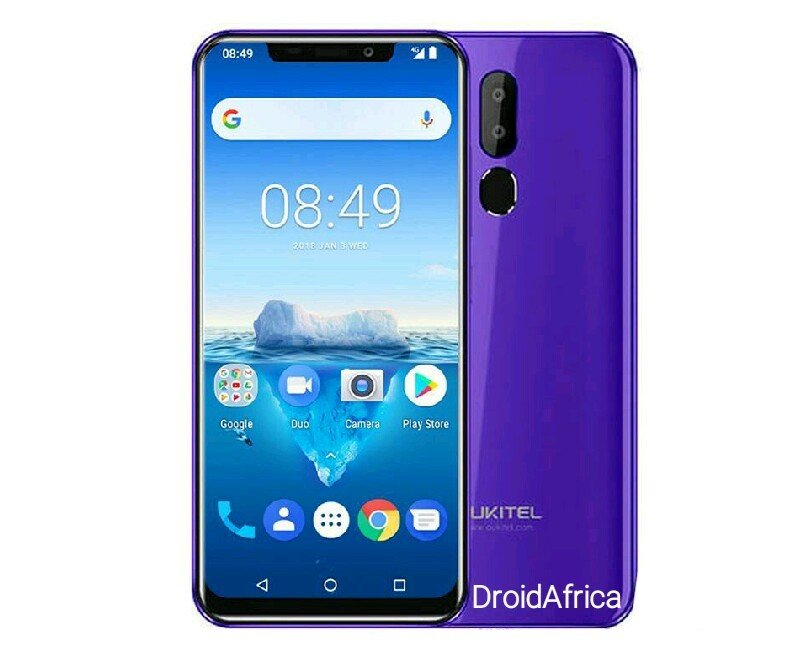
Oukitel C12 Highlights and Overview
The Oukitel C12 is the little brother of the Oukitel C13 Pro. It has similar display, similar form factors and dimensions, as the fact that this unit has a larger battery, and lower processing power. This unit also has Android 8.1 (Oreo), instead of the Android 9.0 Pie used in C13 Pro.
Specification wise, the smartphone is powered by the MediaTek MT6580 chipset and come with a notch display Cut-out. The display is protected by a 2.5D curved glass screen, with an IPS display, which is 6.18 inches that gives a resolution of 480 x 996 pixels and 197 PPI (pixels per inch) along with Capacitive and Multi-touch feature.
The device comes in a plastic body, measuring around 76.25 x 155.8 x 9.5 mm and it weighs 177. Color options include Black, Purple and Grey.
As mentioned above, the Oukitel C12 features a Mediatek MT6750 CPU clocked at 1.3GHz along with Mali-400MP2 GPU. There is 2GB of RAM and 16GB internal storage, which can be further pushed to 32GB via SD card.
On the backside, the device combines an 8MP + 2MP dual rear cameras with a single LED flash, while a single 5MP sensor is kept upfront for selfie photos. The device has support for dual SIM, and is powered by a 3300mAh battery out of the box.
Other key Specifications and silent features of the Oukitel C12 are detailed in the table below.
Oukitel C12 Full Specifications and Features
NETWORK
| Technology | GSM / HSPA / LTE |
| 2G Network Bands | GSM 850 / 900 / 1800 / 1900 - SIM 1 & SIM 2 |
| 3G Network Bands | HSDPA 850 / 900 / 1800 / 1900 / 2100 |
| 4G Network Bands | LTE band 1(2100), 2(1900), 3(1800), 4(1700/2100), 5(850), 7(2600), 8(900), 20(800), 28(700), 40(2300) |
| Speed | HSPA 42.2/5.76 Mbps, LTE Cat4 150/50 Mbps |
LAUNCH
| Also Known As |
- - |
BODY
| Dimensions | 76.25 x 155.8 x 8.3mm (6.16 x 2.99 x 0.22 in) |
| Weight | 176 g (5.29 oz) |
| Build | Premium Plastic |
| SIM Type | Dual SIM (Nano-SIM, dual stand-by) |
DISPLAY
| Display Type | IPS LCD capacitive touchscreen, 16M colors |
| Size | 6.18 inches, 96.7 cm2 (~71.3% screen-to-body ratio) |
| Resolution | 480 x 996 pixels, 19:9 ratio (~200 ppi density) |
PLATFORM
| Operating System | Android 9.0 (Pie) |
| Chipset | Mediatek MT6580 (32 nm) |
| CPU | Quad-core CPU (4x1.3:: GHz Cortex-A53) |
| GPU | Mali-400MP2 |
MEMORY
| RAM + ROM | 2 GB |
| Card Slot | Yes, up to 32 GB via microSD card |
MAIN CAMERA
| Camera Type | Double Lenses |
| Camera Sensor(s) | 8+2 dual rear camera |
| Camera Features | PDAF, Geo-tagging, panorama, f/2.2 aperture |
| Video Resolution | 720p@30fps |
SELFIE CAMERA
| Camera Type | Single Lens |
| Camera Sensor(s) | 5-megapixel front camera |
| Camera Features | FaceID, HD, AI Beauty |
| Video Resolution | 720p |
SOUND
| Loudspeaker | Yes |
| Speaker Location | Chin, below display |
| Audio Jack Type | Yes, 3.5mm audio jack |
CONNECTIVITY
| Bluetooth | Bluetooth 4.2, A2DP |
| NFC | |
| GPS | Yes |
| FM Radio | Yes |
BATTERY
| Battery Capacity | Non-removable Li-Ion 3000 mAh battery |
| Wireless Charging | No |
| Talk Time Talk Time is the longest time that a single battery charge will last when you are constantly talking on the phone under perfect conditions, Ambient temperature and highly dependent on the cellular network environment such as the distance to the closest cell network tower. | Up to 28 hours |
| Stand-by | Up to 480 hours |
OTHER FEATURES
| Sensors | Fingerprint (side-mounted), accelerometer, proximity, compass |
| Box Contents | Charging Brick / USB cable |
Oukitel C12 User Reviews and Opinions
Disclaimer Note
This specification was entered manually, hence we CANNOT guarantee 100% accuracy. Any error? Let us know in the comment section.







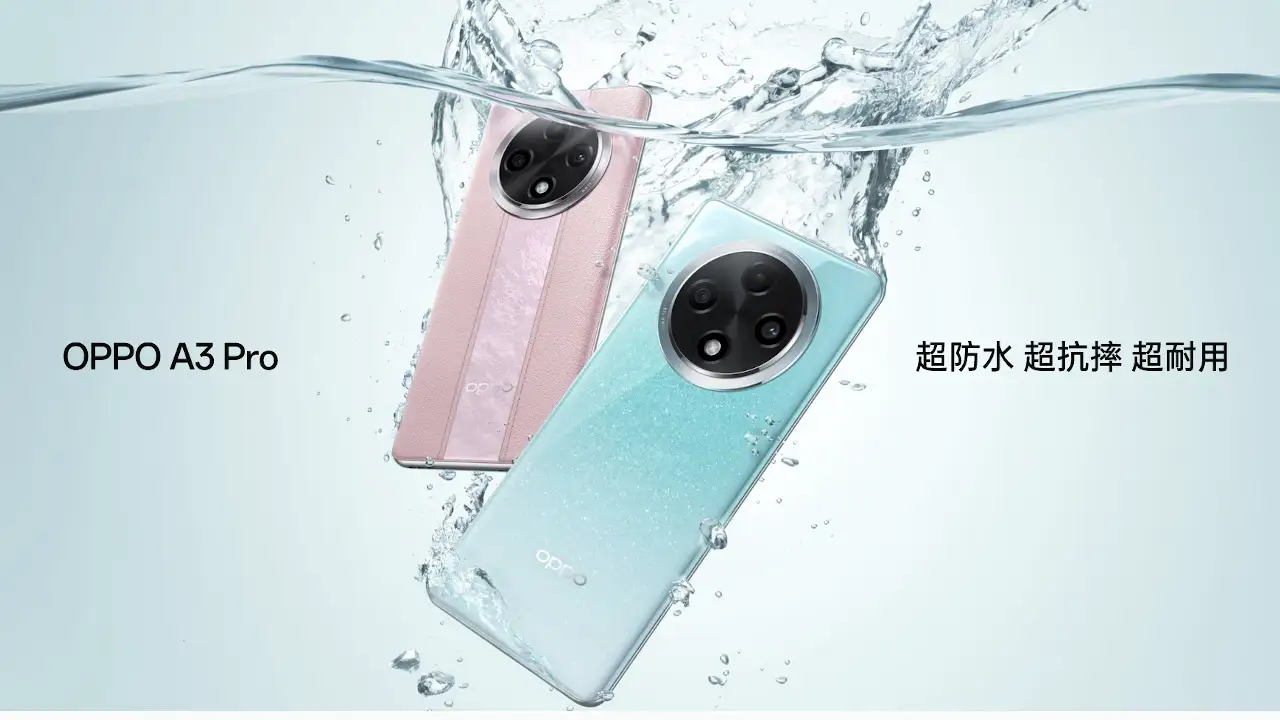

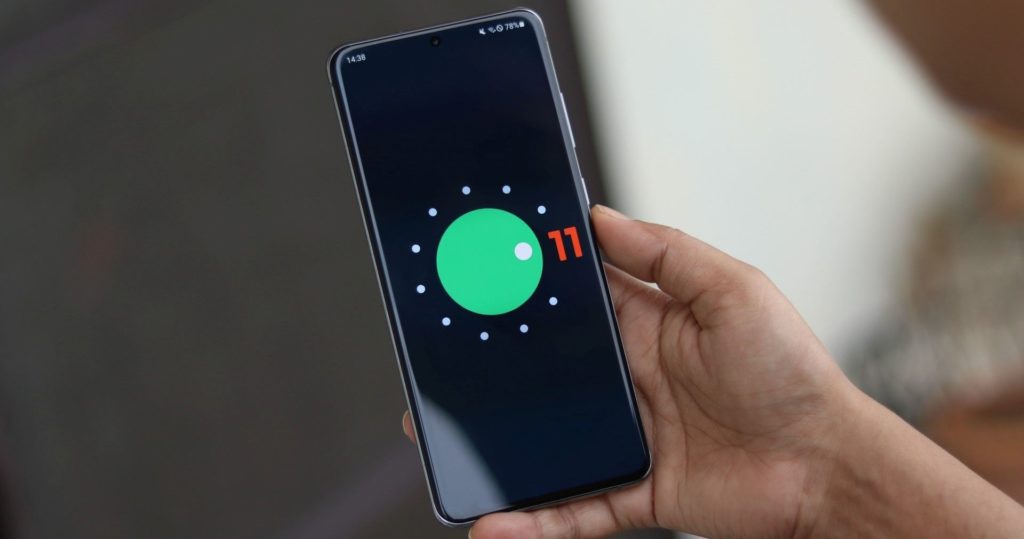
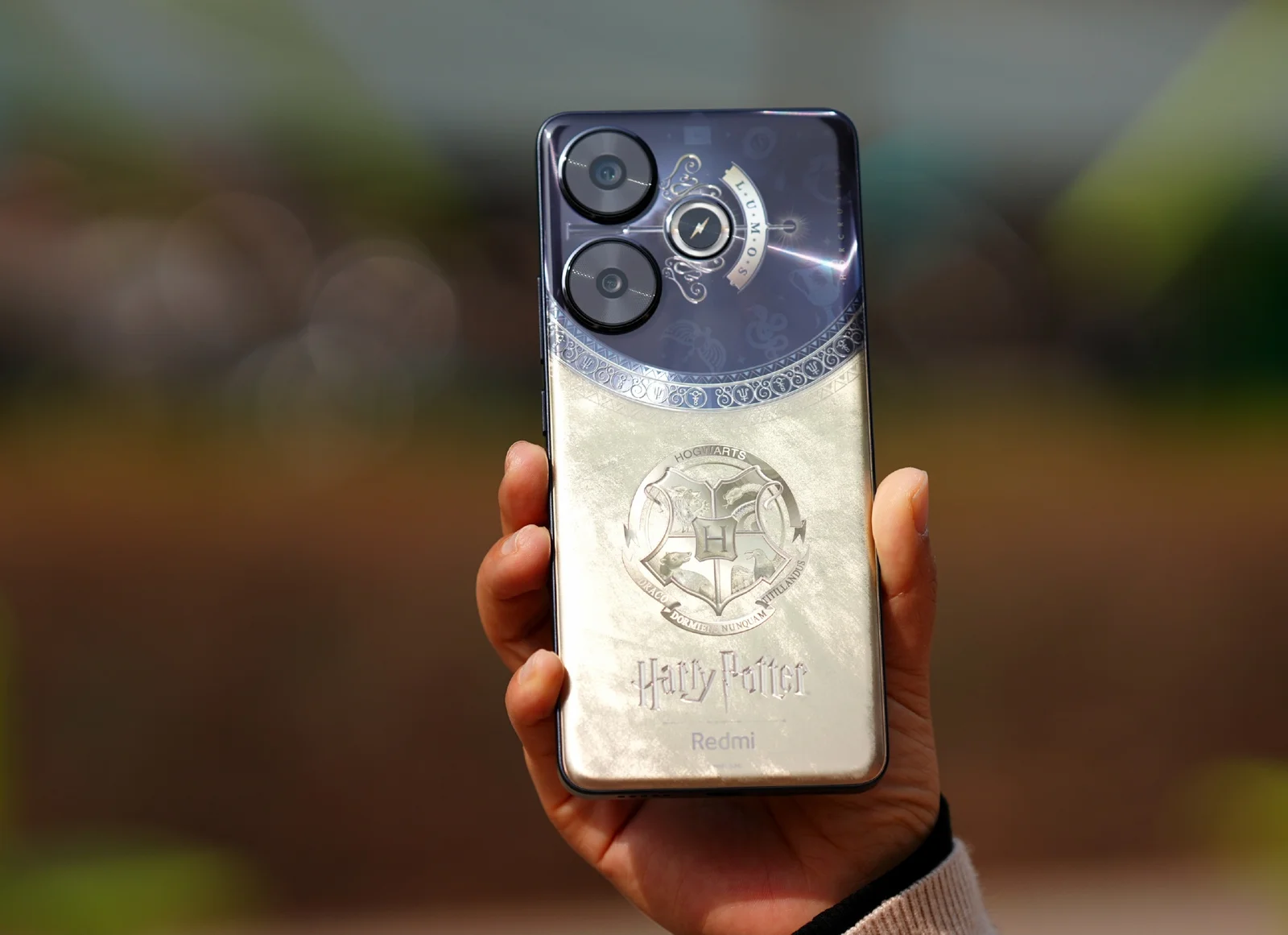
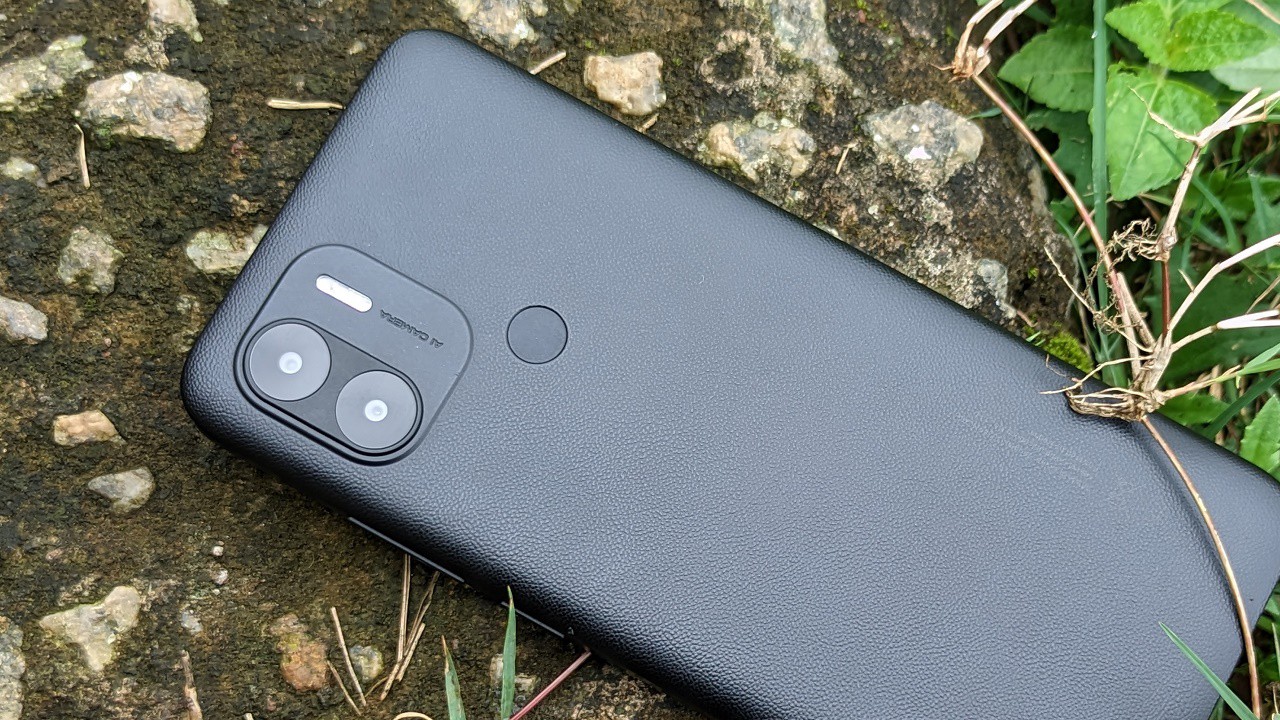
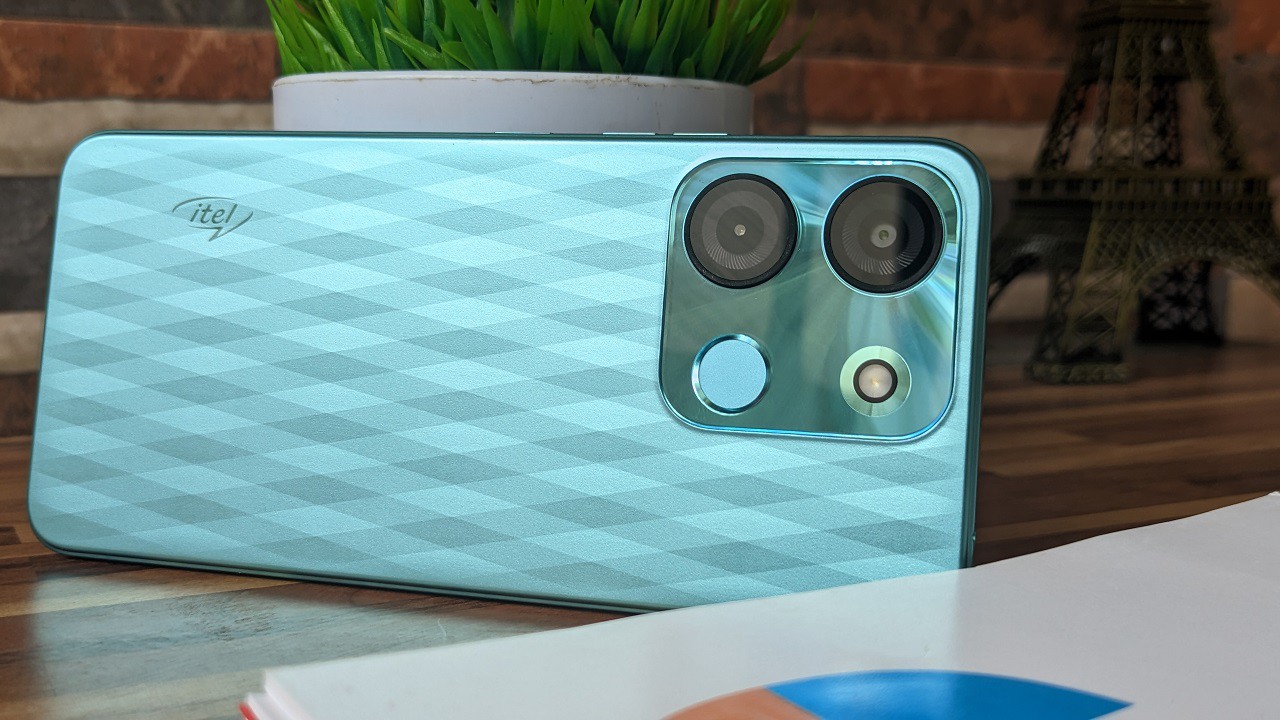
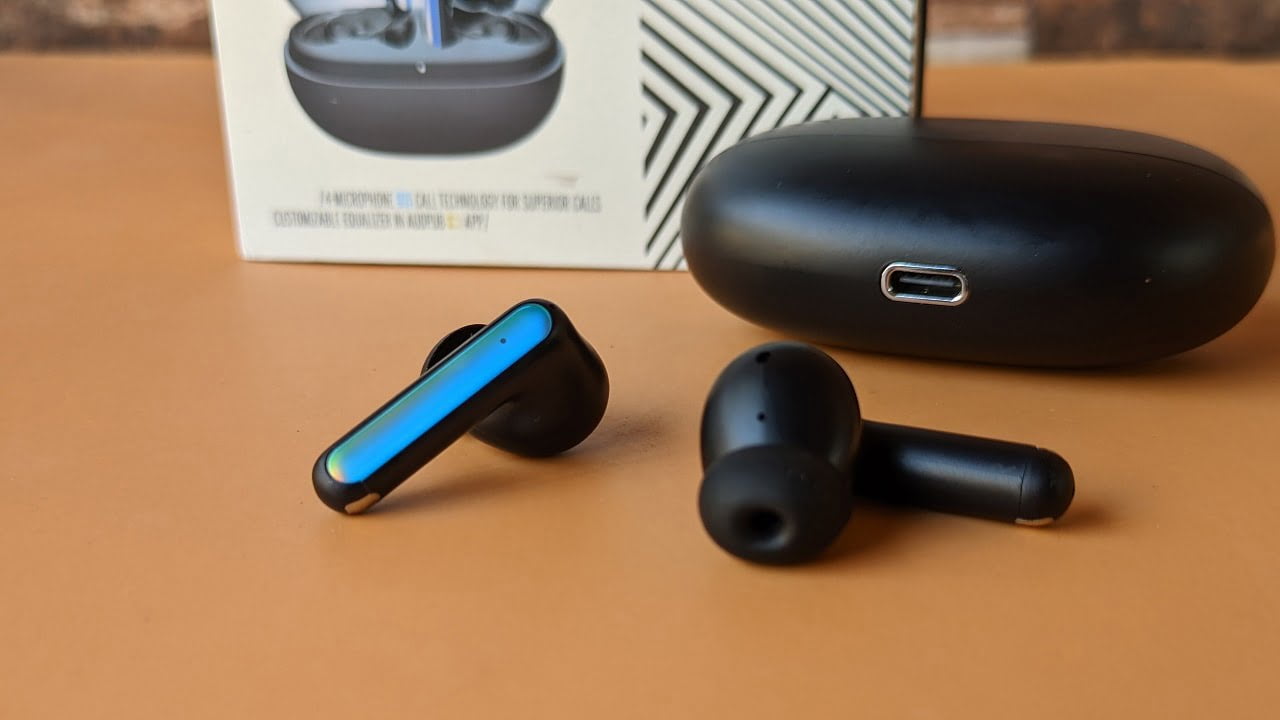
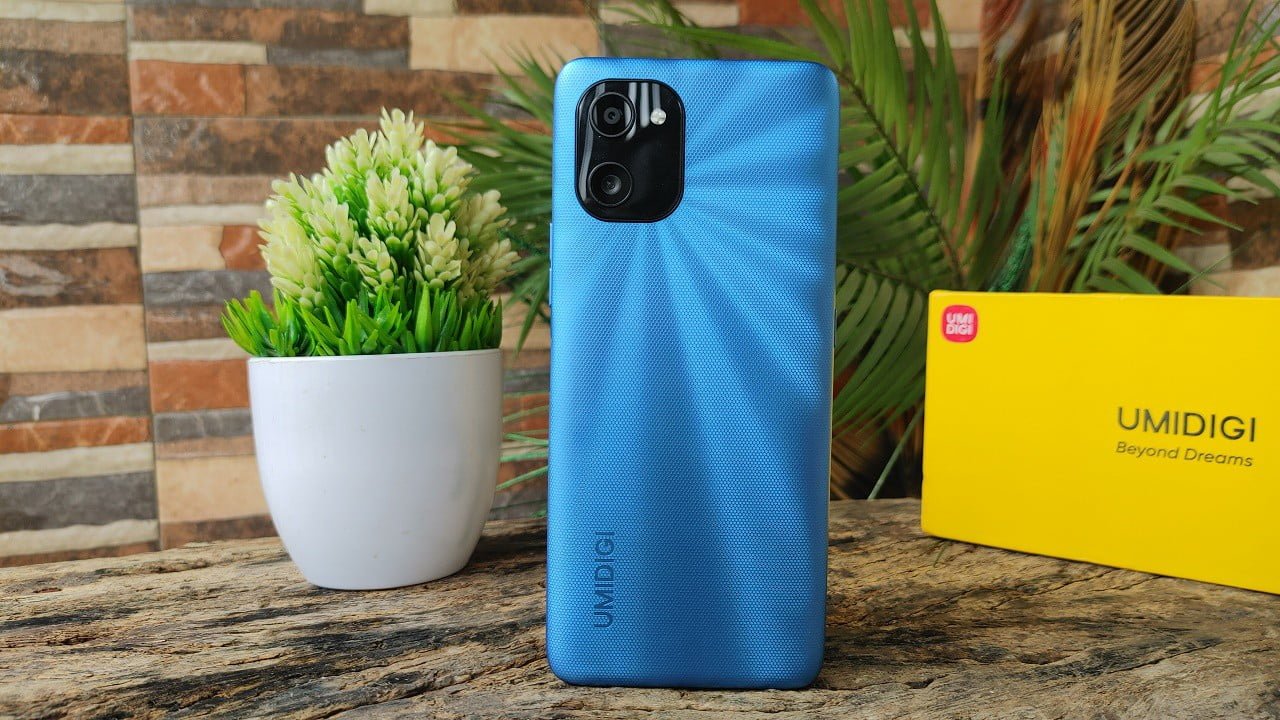
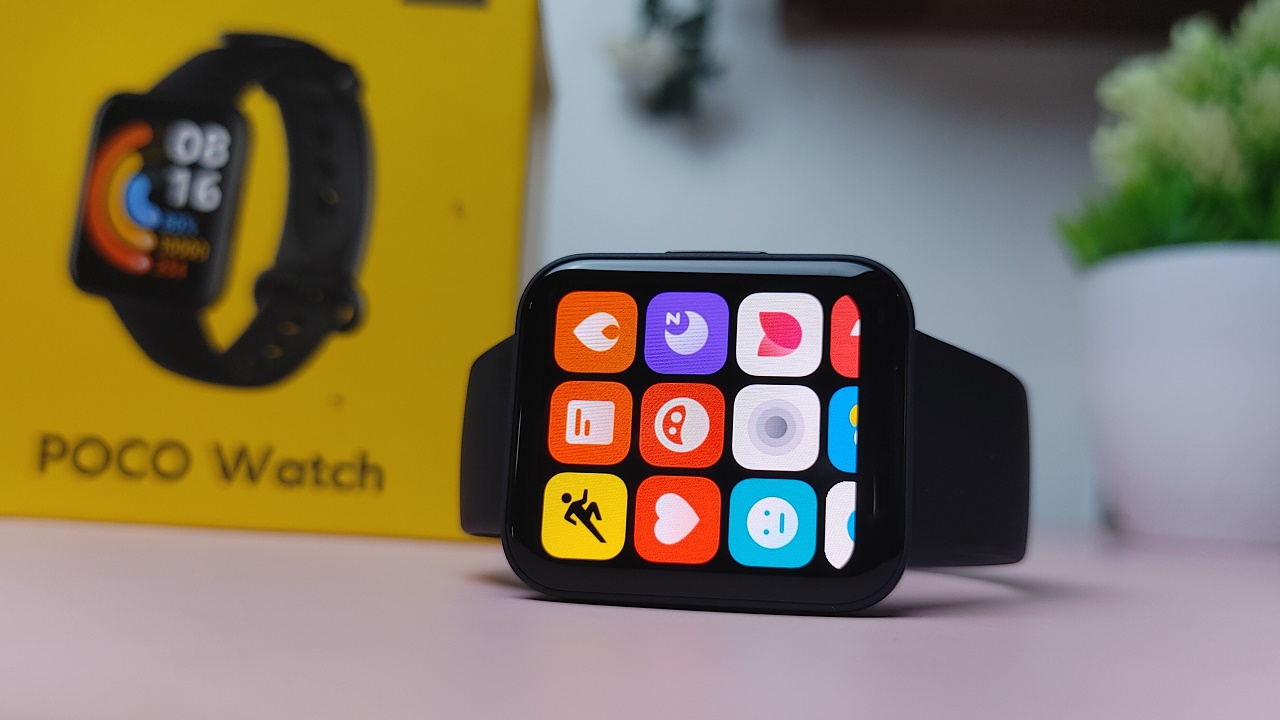
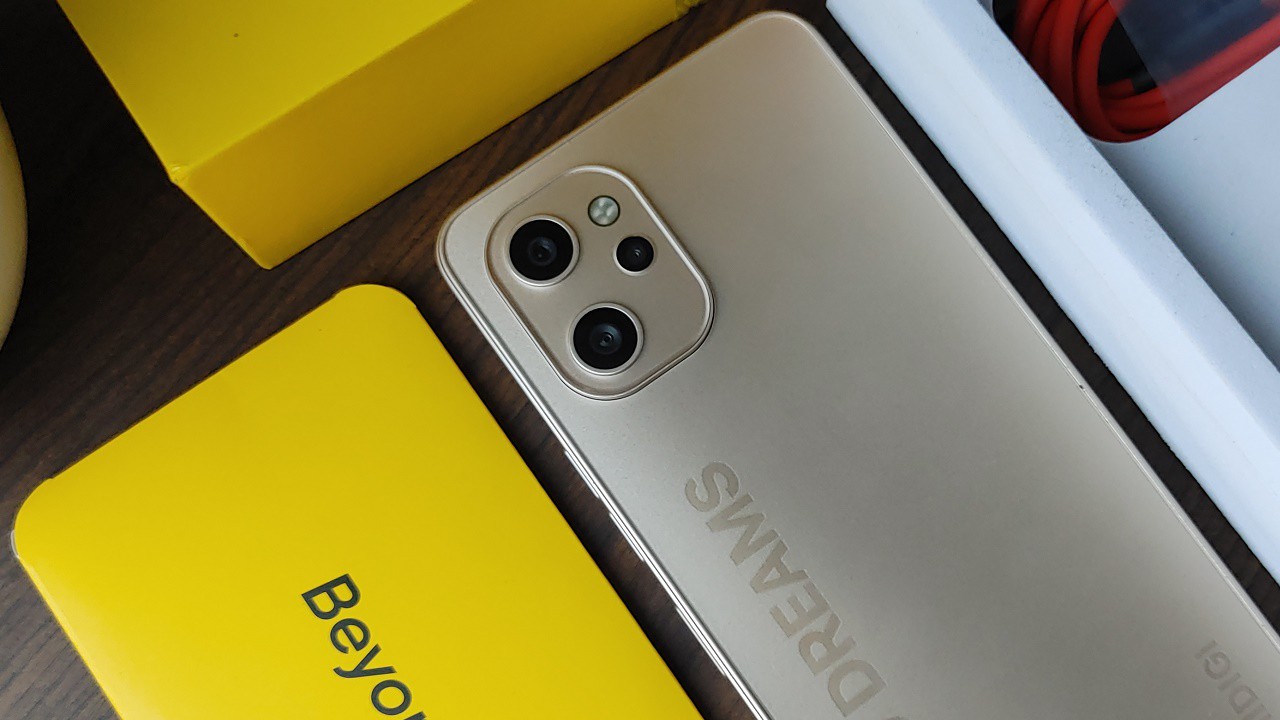
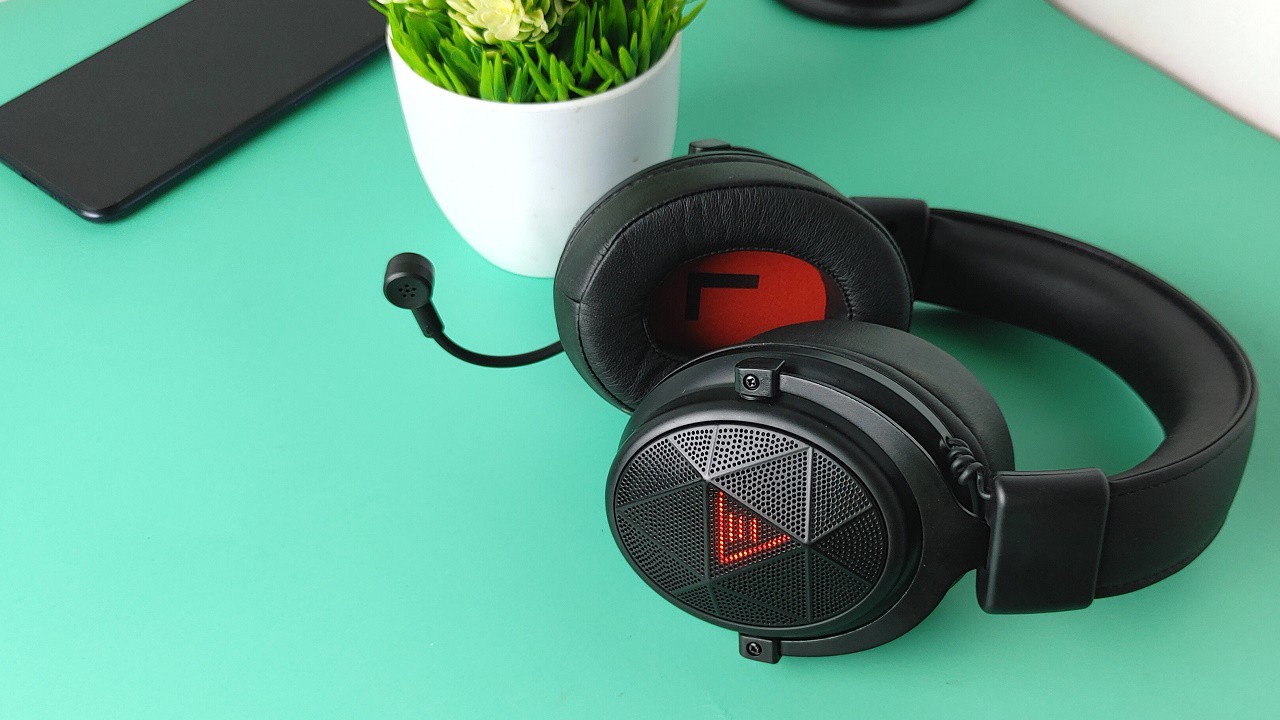
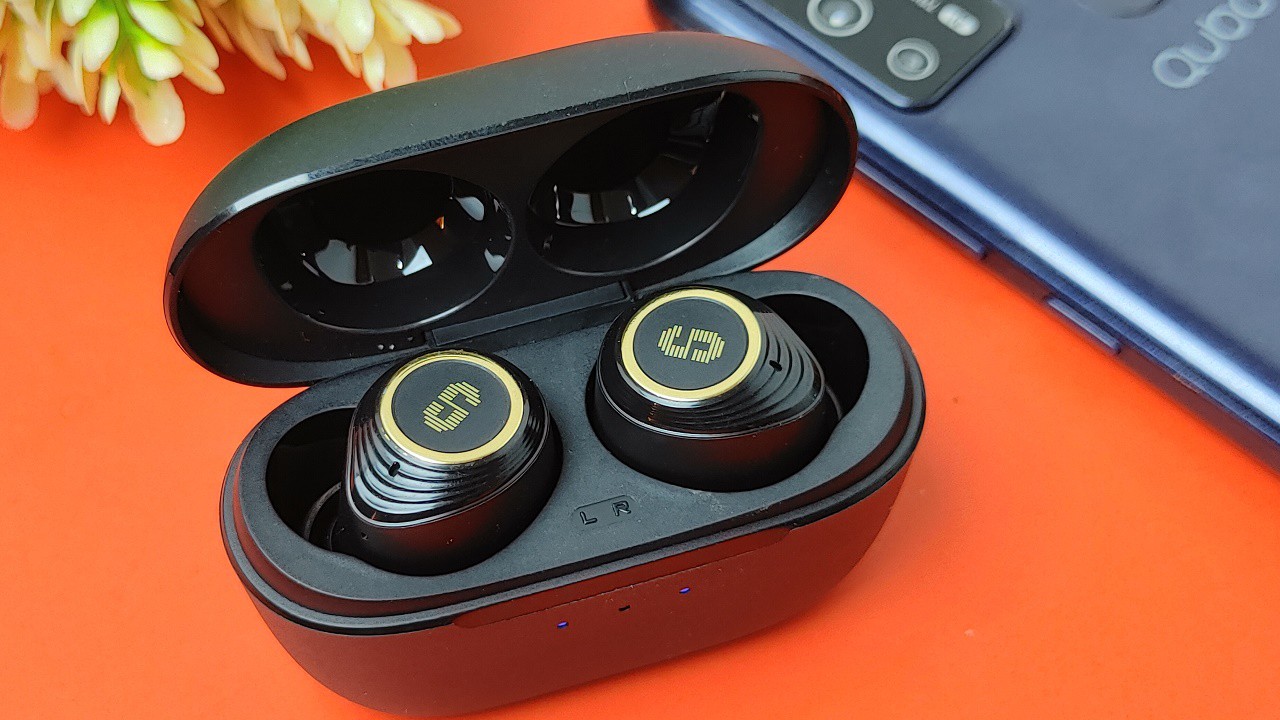
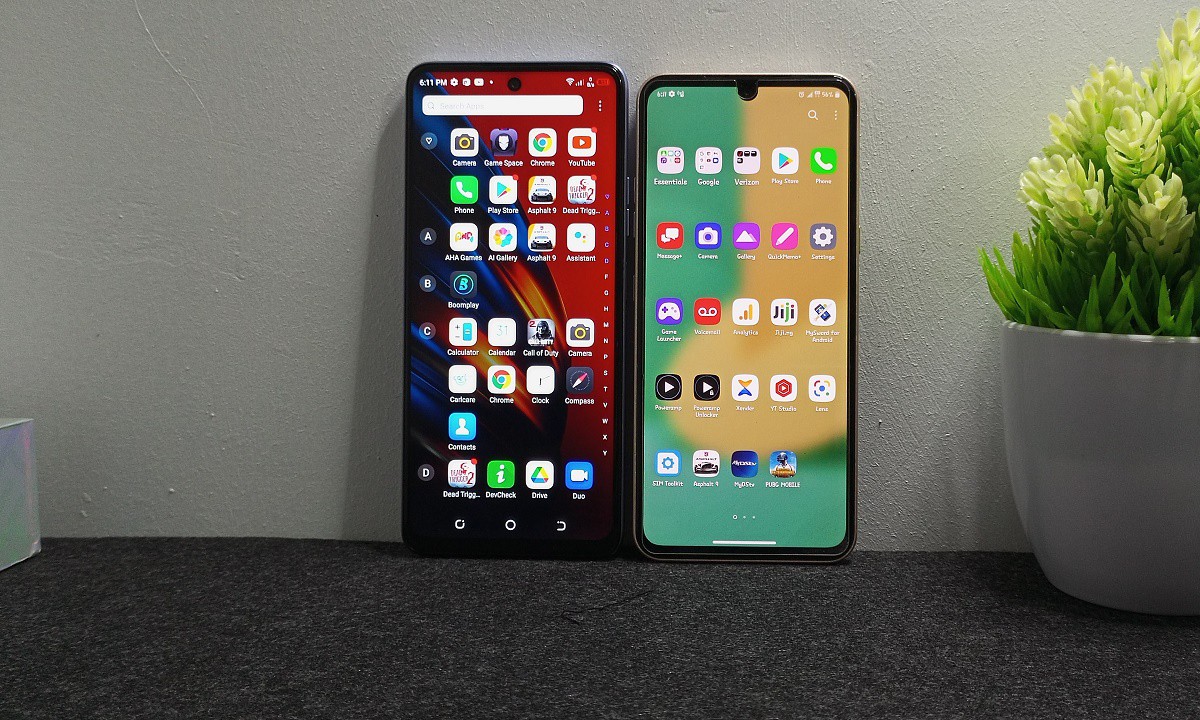

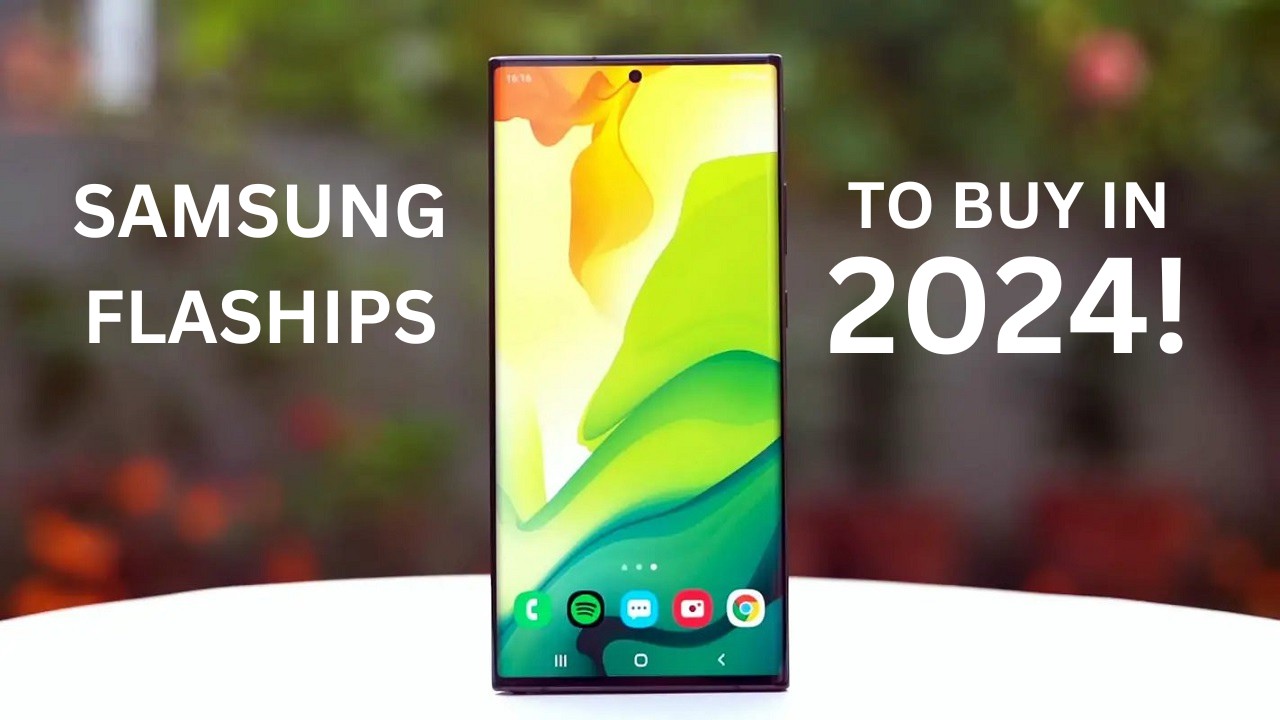
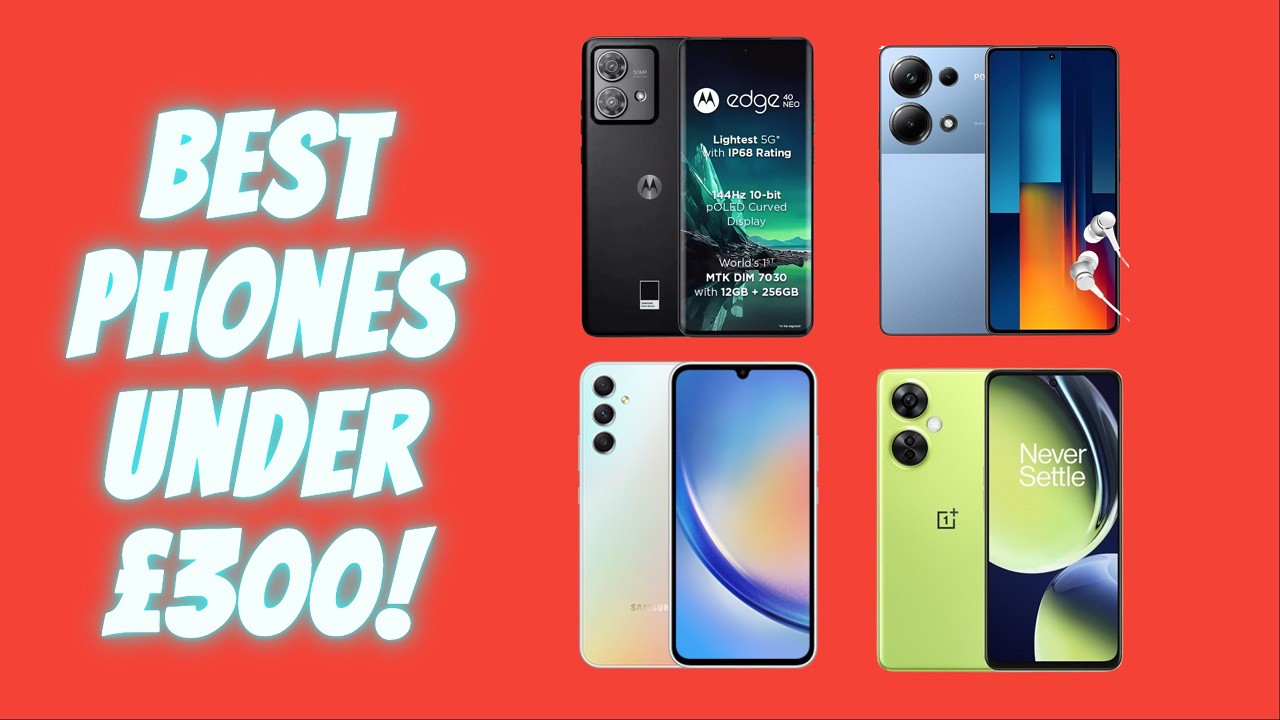

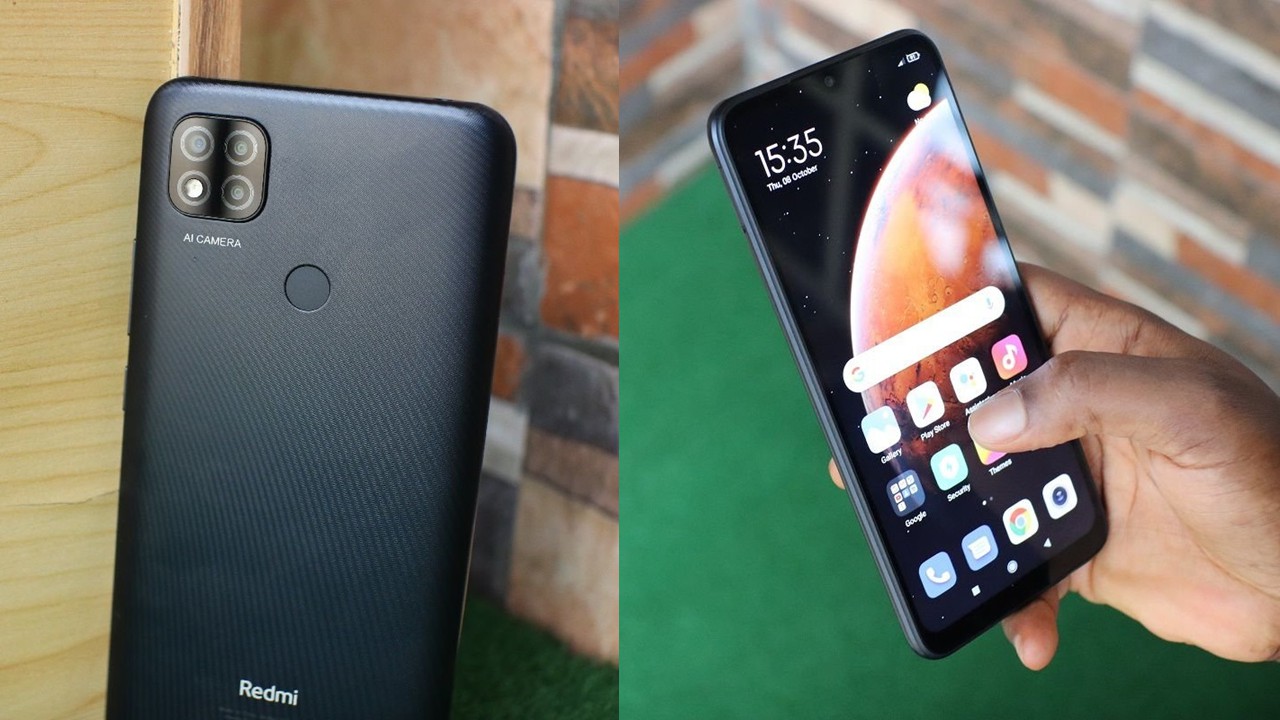
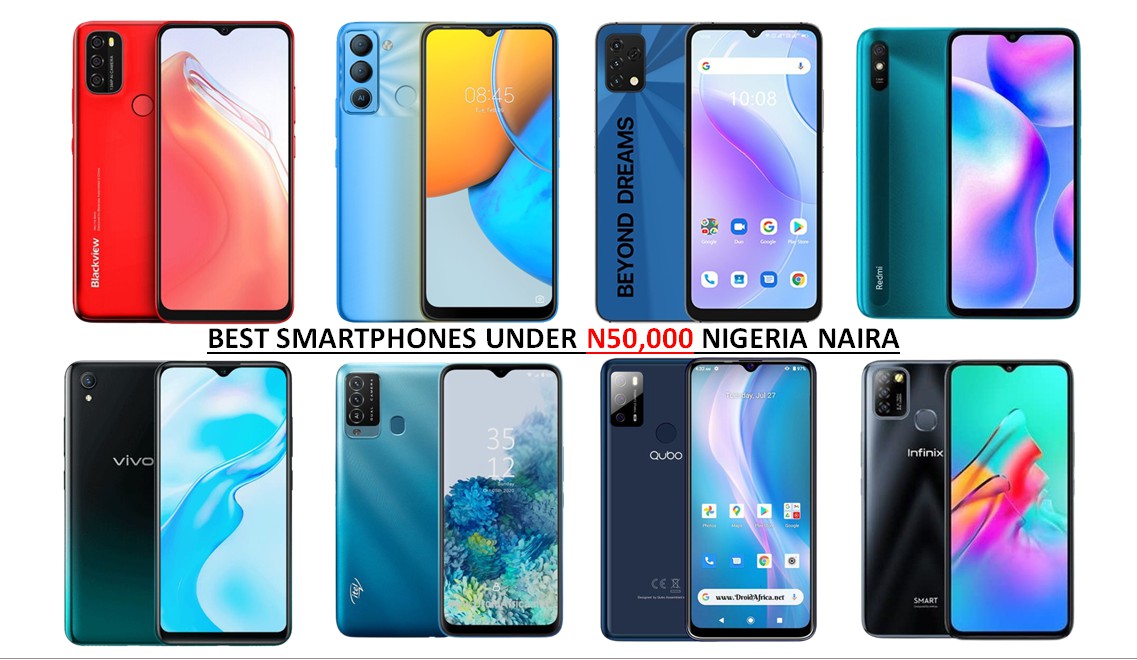
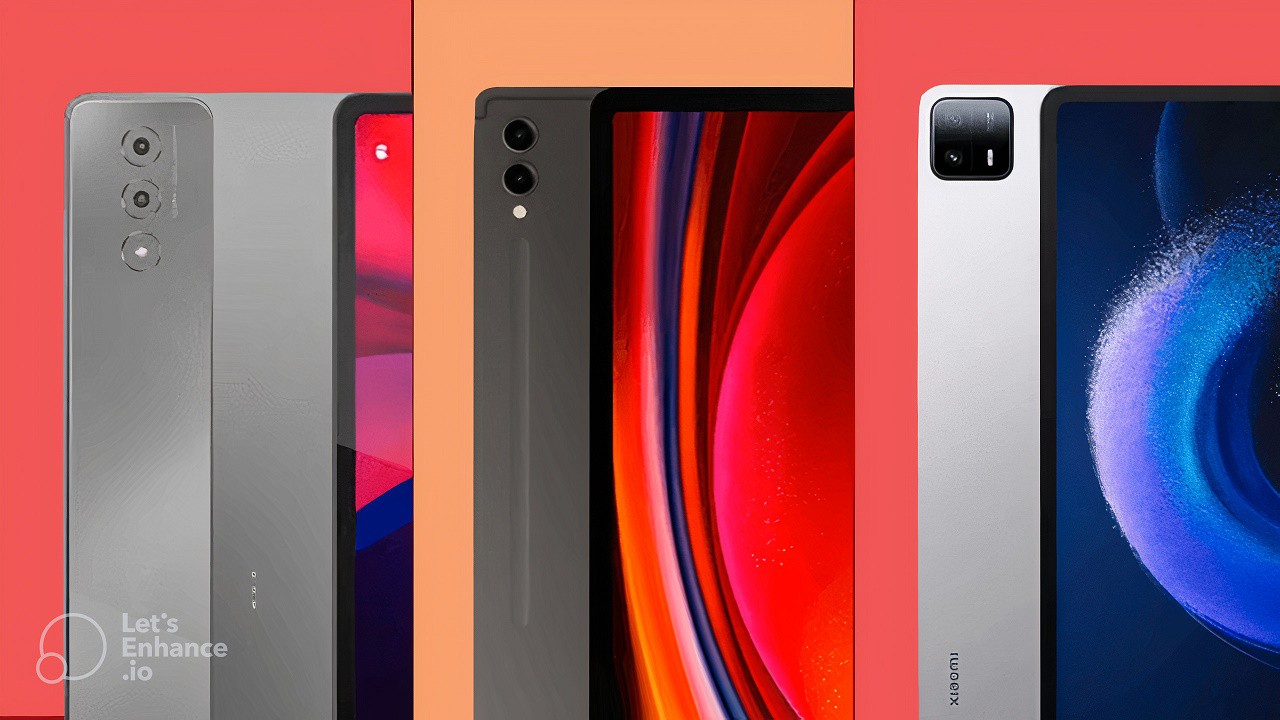
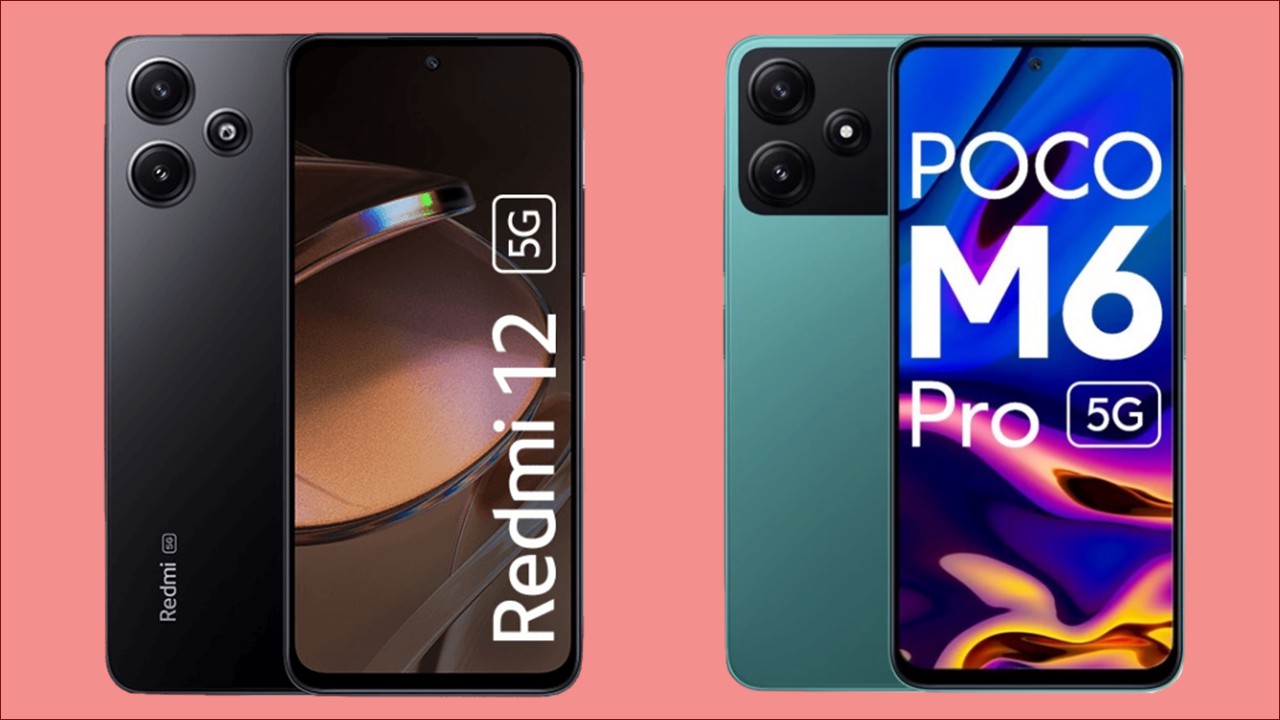
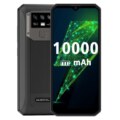
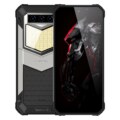
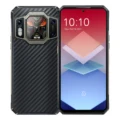
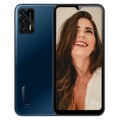
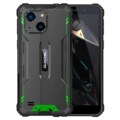
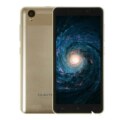
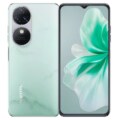
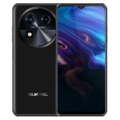
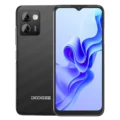

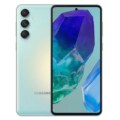
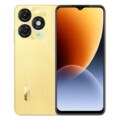

Leave a Reply